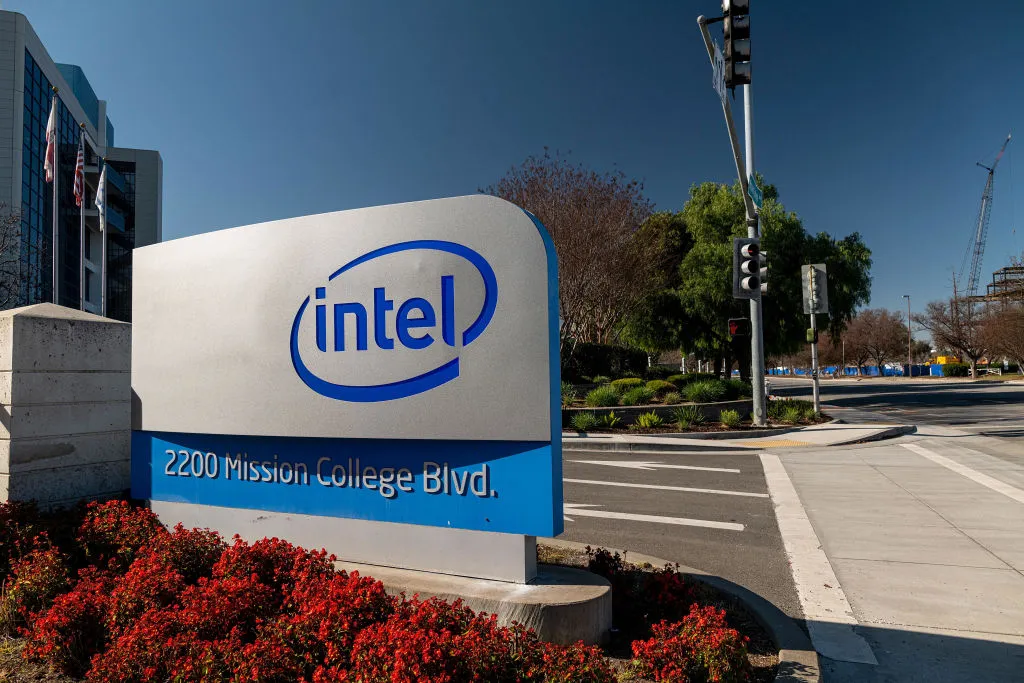
Intel CEO Lip-Bu Tan is actively exploring ways to sharpen the company’s focus on its core strengths, particularly in PC and data center chips. As part of this strategy, Intel is considering selling its networking and edge unit, a division responsible for producing chips used in telecom equipment that generated $5.8 billion in revenue in 2024.
While Intel has begun informal discussions with potential buyers, it has not yet initiated a formal sales process or solicited bids. The company is still evaluating the timing and method for possibly exiting this business segment, which was formerly known as the NEX unit in Intel’s financial reports. Intel recently integrated the NEX unit’s financials into its PC and data center divisions, no longer reporting it separately.
This potential divestment aligns with Tan’s vision to concentrate resources and innovation on Intel’s historically dominant markets where it still holds about 68% share in PC chips and 55% in data center processors as of early 2025. The move also reflects the competitive pressures Intel faces, including rivals like AMD gaining ground in CPUs and the rise of ARM-based designs in PCs. Moreover, the booming AI-driven demand in data centers underscores the importance of focusing on high-performance computing chips, an area Intel aims to strengthen.
Other articles you may find interesting
Intel’s networking business faces stiff competition from companies like Broadcom, which dominate key parts of that market. This competitive landscape, combined with the strategic priority to revitalize Intel’s core chip businesses and foundry ambitions, likely influenced the decision to consider shedding the networking and edge operations.
This is not Intel’s first portfolio adjustment under Tan’s leadership. Earlier in 2025, Intel sold a majority stake in its Altera programmable chip unit to SilverLake for $4.46 billion, part of a broader effort to streamline operations and raise capital for critical investments. The company also spun off Mobileye in 2022, demonstrating a pattern of divesting non-core assets to focus on areas with the greatest growth potential.
If Intel proceeds with the sale, it could free up capital and allow a more concentrated R&D effort on PC and data center chips, potentially making the company more agile and competitive in the evolving semiconductor landscape shaped by AI and cloud computing demands. However, divesting the networking and edge unit also means Intel might miss out on future growth opportunities in telecom infrastructure and edge computing segments that remain vital to the broader digital economy.
In summary, Intel’s contemplation of selling its networking and edge division is a strategic move by CEO Lip-Bu Tan to refocus the company on its core chip businesses amid intense competition and a rapidly changing market environment driven by AI and data center growth. This approach aims to leverage Intel’s strengths while simplifying its portfolio to better compete in its most critical markets.





